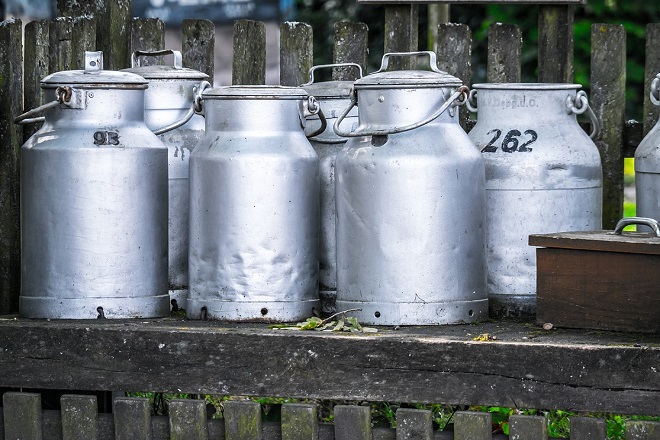Feb 27, 2017 (LBO) - Helping local farmers overcome challenges through training will lead to a thriving dairy industry by addressing nutritional gaps and providing income opportunities, industry experts said recently.
Even though demand for dairy is growing, Sri Lankans consume only a quarter of the recommended daily intake of dairy products. The industry meets just 30 percent of the demand in Sri Lanka, with 80 percent of this supply coming from small-scale dairy farmers.
A panel of public and private sector leaders came together in Colombo recently, agreeing that through education, innovation and collaboration the local dairy industry can become a greater contributor to the health and well-being of the nation.
Deputy Minister of Foreign Affairs, Harsha De Silva, said the local dairy industry has potential to drive the economy.
“Developing the local dairy industry can play a role in closing the local supply and demand gap, and uplift the livelihoods of small to medium farming entrepreneurs,” he said.
"I’ve seen from my recent visit to New Zealand, agriculture and in particular dairy has the potential to be a strong pillar of our economy."
Recent data shows that people around the world are increasingly focused on healthier lifestyles, resulting in a rise in demand for healthy options such as dairy.
“While research shows that dairy features in the diets of most Sri Lankan households and year-on-year consumption continues to grow by 13 per cent, individual consumption still remains low," Sharang Pant, managing director of Nielsen Sri Lanka said.
"Sri Lankans only consume half a glass of milk or its dairy equivalent each day. This is well below the recommended intake of up to two glasses of milk specified by the Ministry of Health.
buy levaquin online buy levaquin online no prescription
"
In addition, Sri Lanka faces micro-nutrient deficiencies in Iron, Vitamin A and D, and Folic Acid – all potential areas where dairy can help, he added.
The discussion, “Dairy: Flourishing farmers to nourishing Sri Lankans,” covered key topics such as the main trends that are driving the consumption of dairy, current barriers to meeting the local industry’s potential and how the government, industry and private sector can work together to overcome these barriers.
With the demand for dairy in Sri Lanka increasing by 13 percent each year and current local supply only meeting 30 percent of total demand, the panellists agreed there is a unique opportunity for Sri Lanka’s economy.
These consumption trends and requirements show a stronger picture for the growth potential for the local dairy industry.
However they said that there are roadblocks that the industry must overcome if it is going to truly capture this potential.
"Common challenges include lack of farm business knowledge, the rising costs of farming inputs and the limited availability of both land and high-quality cattle," Prof H. W. Cyril, chairman, National Livestock Development Board (NLDB) said.
"These are the challenges affecting Sri Lanka’s 300,000 small-scale dairy farmers, which together currently produce around 80 percent of local milk supply."
On average, he said these farms have only three to five cows, and are run as family businesses with limited resources and inadequate farm management knowledge.
The industry experts agreed that a collaborative approach to drive commercially sustainable farming businesses is needed to help them better respond to the current challenges and lift both the quality and amount of milk they produce.
Sri Lankans consume quarter of recommended dairy intake: experts

